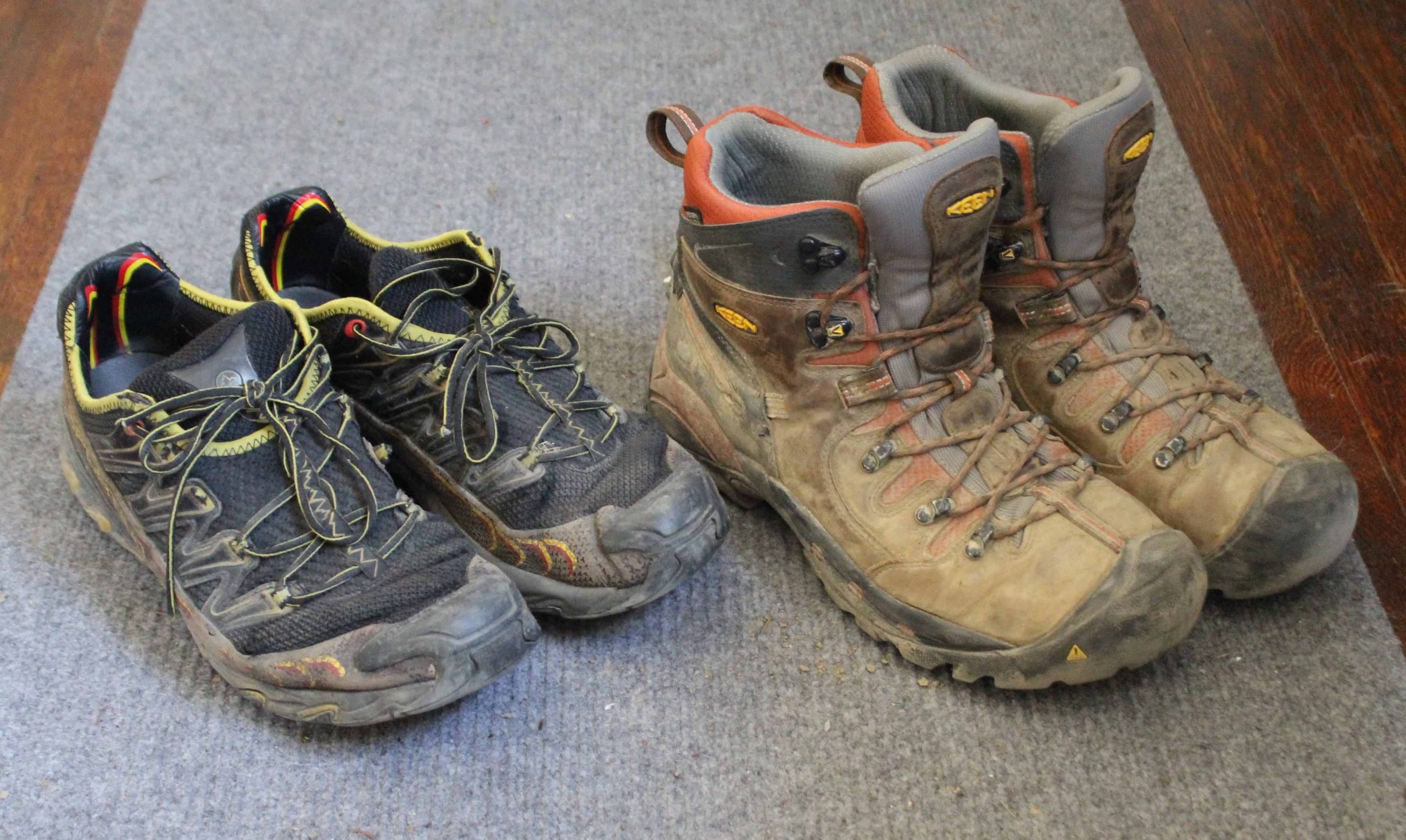The places you hike should impact the type of footwear you wear. If you’re doing true mountaineering, where you plan to take on more extreme mountainous terrains, you are going to want specific mountaineering boots. The stakes are too high in those scenarios to even consider trail running shoes or even entry-level hiking boots.
For extremely soggy, and wet conditions, a more durable (and possibly waterproof) hiking boot might make the most sense. With an ankle cuff that can help prevent water from entering the footwear, a hiking boot might be ideal in these scenarios.
RELATED: Best Speed Hiking Shoes For Any Terrain
For most other terrains though, you can likely get away with wearing either type of footwear. It will come to personal preference. Many trail running shoes are designed to grip rock, even when smooth and flat, and many are also waterproof.
If you think your foot will be amply protected in the trail running shoe, and you don’t expect to mushy wet trails, the trail running shoe will likely be a more agile (and comfortable) option.


Comments are closed.